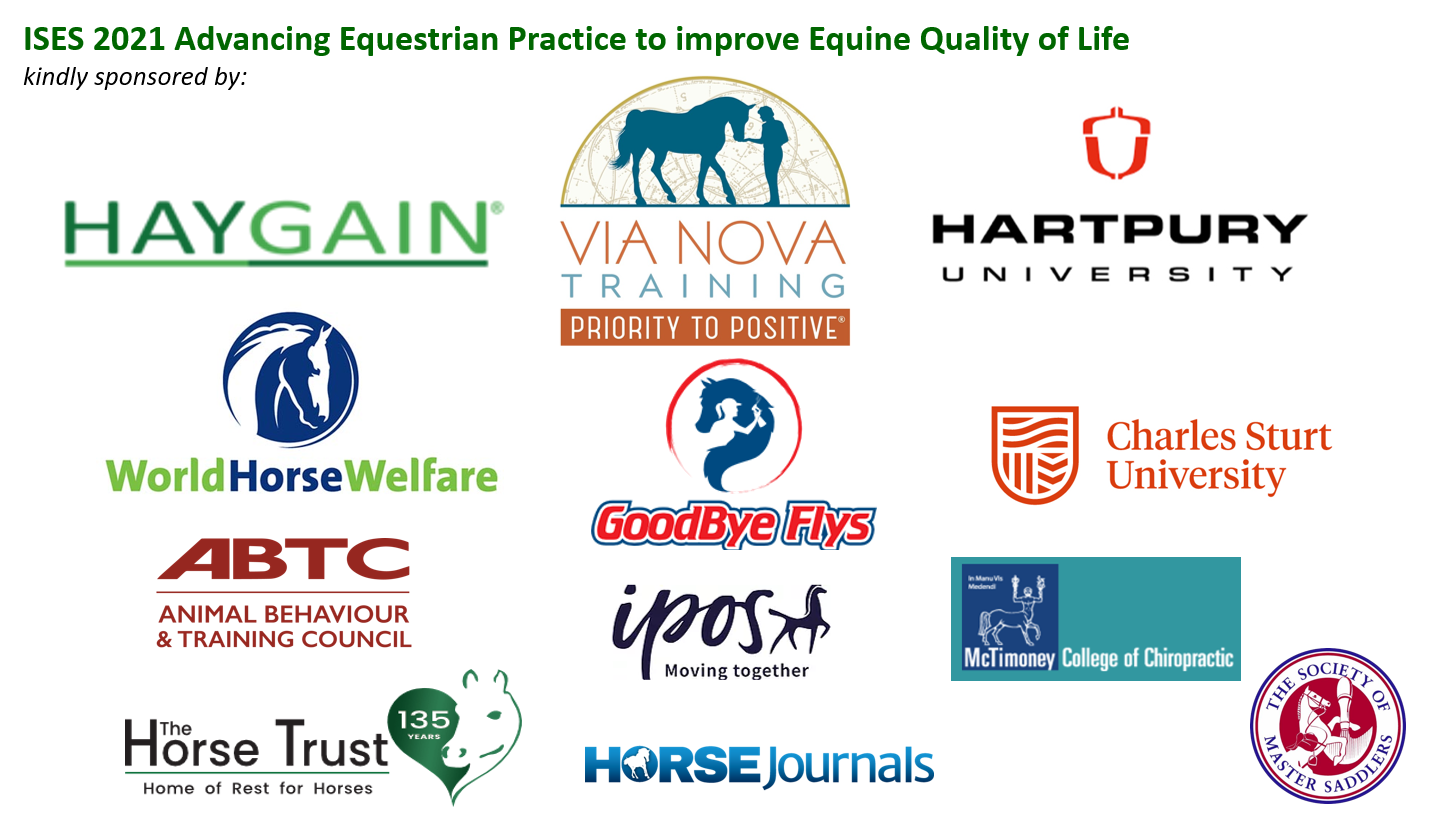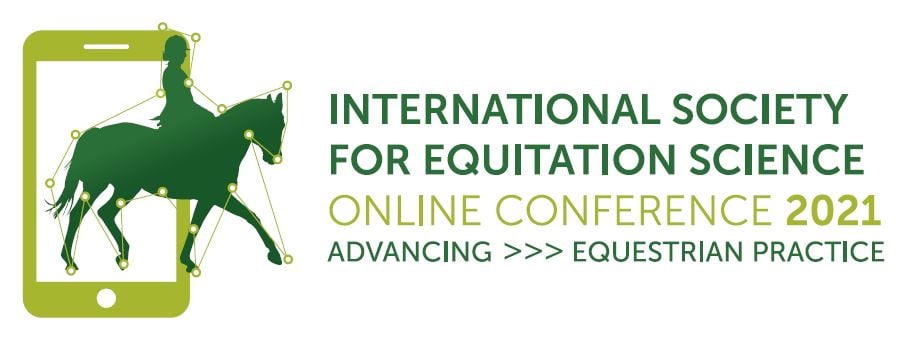Advancing Equestrian Practice to Improve Equine Quality of Life
A special issue of Animals (ISSN 2076-2615). This special issue belongs to the section "Equids".
Deadline for manuscript submissions: closed (2 March 2023) | Viewed by 14860
Special Issue Editors
Interests: equine and animal welfare; wellbeing; behaviour; cognition; training and education; horse–human interaction; social licence to operate
Special Issues, Collections and Topics in MDPI journals
Interests: equestrian performance and training; rider impacts; reliability assessment; human–horse interaction; equine welfare
Special Issues, Collections and Topics in MDPI journals
Special Issue Information
Dear Colleagues,
Despite a growing interest in equine welfare, research into equine quality of life remains limited. The academic discipline of Equitation Science is now well established and generating research outcomes that can be used to improve equine quality of life. Equestrianism is a discipline that involves horses and humans, and the interaction between them is critical to success. In order to improve welfare outcomes for the horses used in equestrian activities, there needs to be better communication of research needs, ideas and outcomes between researchers and practitioners. This Special Issue will include papers detailing topics associated with the 2021 International Society for Equitation Science (ISES) conference (www.equitationscience.com) entitled “Advancing Equestrian Practice to improve Equine Quality of Life”. This Special Issue is aimed at providing selected contributions on the importance of leveraging the emerging science with regard to improving equine welfare and, specifically, equine quality of life. Contributions that address the challenge of communicating scientific results in order to improve and enhance equine quality of life will also be included.
All submissions need to have a clear section on the application of the study findings to Equine Quality of Life within the context of Equestrian Practice. This special issue will include a collated set of conference abstracts and invited papers from ISES 2021; we would also welcome papers in the following areas:
- Equine welfare indicators (animal based);
- Equine quality of life;
- Affective state in equids;
- Positive versus negative affective states;
- Use of technology in equine welfare assessment;
- Facilitating change in practice;
- Impacts of a greater understanding of equine welfare on performance;
- Social licence to operate—leveraging the science;
- Effective communication to bring about change and advancement in equestrian practice.
We are delighted to announce that Nova (https://www.vianovatraining.com/), Hartpury University (https://www.hartpury.ac.uk/), Haygain (https://haygain.co.uk/), World Horse Welfare (https://abtc.org.uk/advisory-and-supporting-members/), Equestrian Canada (https://www.equestrian.ca/), Goodbye Flys (https://www.goodbyeflys.com/), The Horse Trust (https://horsetrust.org.uk/), Horse Journals (https://www.horsejournals.com/), and Charles Sturt University (https://www.csu.edu.au/) are generously providing sponsorship for this Special Issue "Advancing Equestrian Practice to Improve Equine Quality of Life".


Dr. Hayley Randle
Dr. Jane M. Williams
Prof. Dr. Natalie K. Waran
Guest Editors
Manuscript Submission Information
Manuscripts should be submitted online at www.mdpi.com by registering and logging in to this website. Once you are registered, click here to go to the submission form. Manuscripts can be submitted until the deadline. All submissions that pass pre-check are peer-reviewed. Accepted papers will be published continuously in the journal (as soon as accepted) and will be listed together on the special issue website. Research articles, review articles as well as short communications are invited. For planned papers, a title and short abstract (about 100 words) can be sent to the Editorial Office for announcement on this website.
Submitted manuscripts should not have been published previously, nor be under consideration for publication elsewhere (except conference proceedings papers). All manuscripts are thoroughly refereed through a single-blind peer-review process. A guide for authors and other relevant information for submission of manuscripts is available on the Instructions for Authors page. Animals is an international peer-reviewed open access semimonthly journal published by MDPI.
Please visit the Instructions for Authors page before submitting a manuscript. The Article Processing Charge (APC) for publication in this open access journal is 2400 CHF (Swiss Francs). Submitted papers should be well formatted and use good English. Authors may use MDPI's English editing service prior to publication or during author revisions.
Keywords
- equine
- welfare
- wellbeing
- quality of life
- influencing change
- communication
- science






